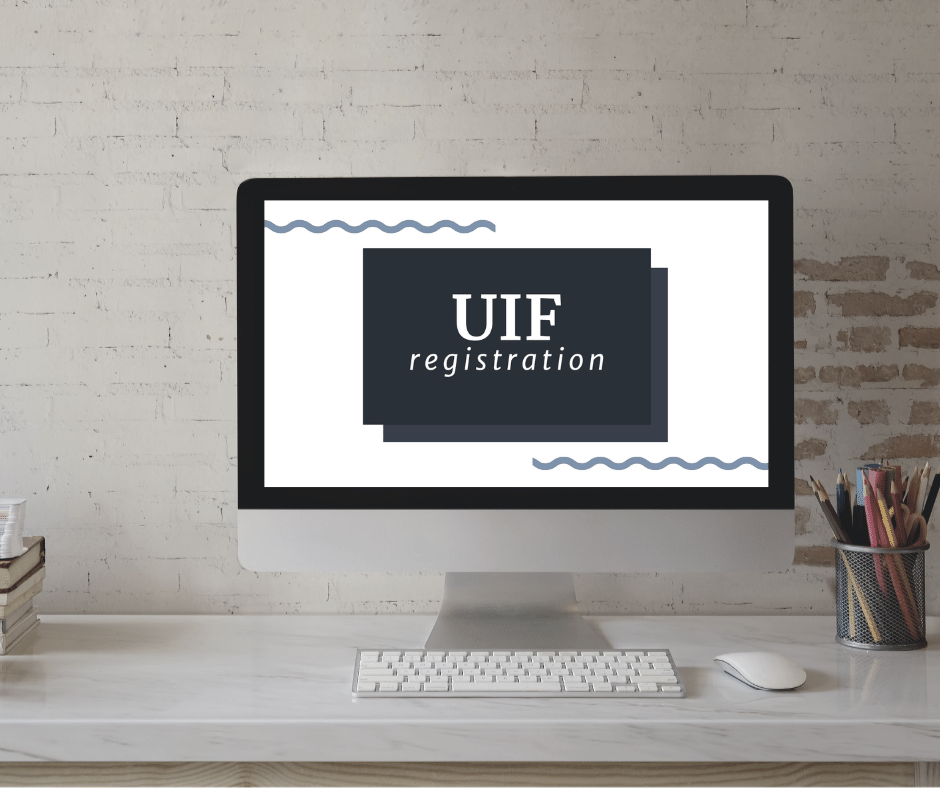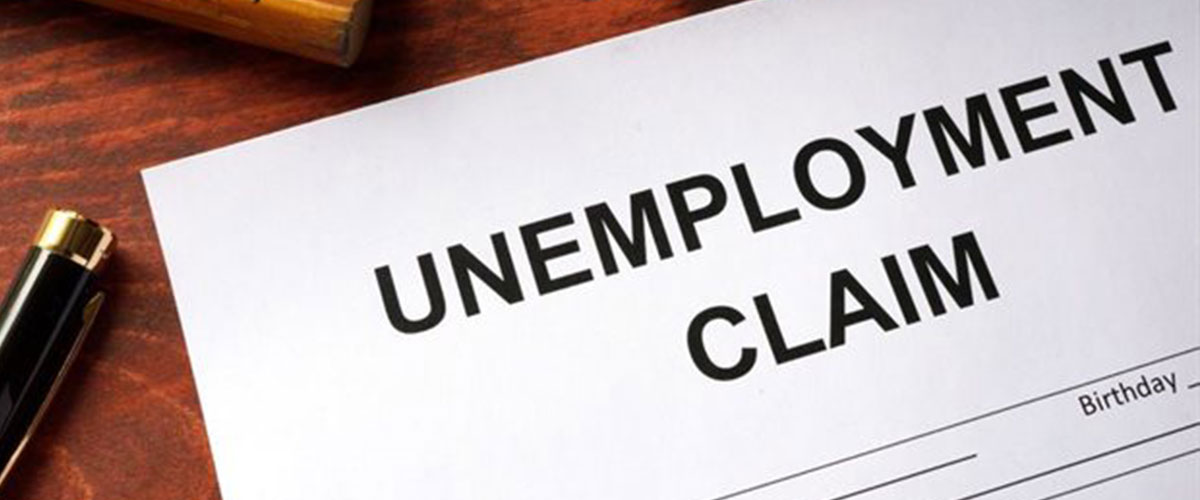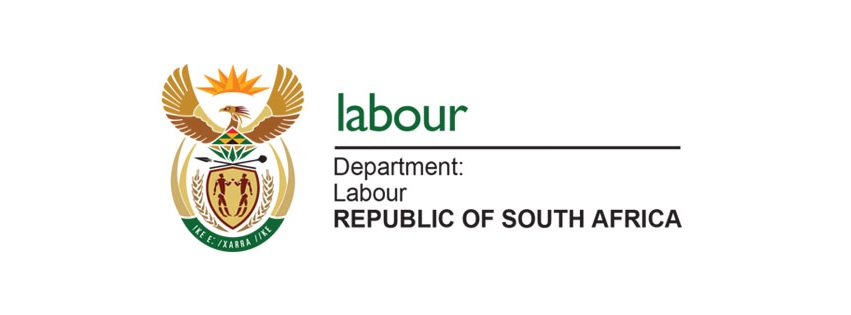What is the UIF (Unemployment Insurance Fund)?
The Unemployment Insurance Fund (UIF) gives short-term relief to workers when they become unemployed or are unable to work because of maternity, adoption leave, or illness. The fund also provides relief to the dependents of a deceased contributor.
The unemployment insurance system in South Africa is governed by the following legislation:
- Unemployment Insurance Act, 2001 (the UI Act)
- Unemployment Insurance Contributions Act, 2002 (the UIC Act)
These Acts provide for the benefits, to which contributors are allowed, and the imposition and collection of the contributions to the UIF, respectively, and came into operation on 1 April 2002.
OVERVIEW:
The vision of the Unemployment Insurance Fund (UIF) is to strive to contribute to the alleviation of poverty in South Africa by providing effective short-term unemployment insurance to all workers who qualify for unemployment insurance and other related benefits.
The UIF’s strategic outcome-orientated goals are to:
- Improve payment of benefits to UIF beneficiaries
- Improve collection of revenue from employers
- Participate in government initiatives to create and sustain decent employment
- Provide effective administration of the Fund’s operations
To pursue these goals effectively, five strategic objectives were identified:
- Fund poverty alleviation schemes
- Improve governance
- Strengthen the institutional capacity of the Fund
- Encourage compliance through enhanced service delivery
- Improve stakeholder relations.

Who Needs To Pay UIF?
All employees, as well as their employers, are responsible for contributions to the UIF. However, an employee is excluded from contributing to the UIF if he or she:
- Is employed by the employer for less than 24 hours a month
- Receives remuneration under a contract of employment as contemplated in section 18(2) of the Skills Development Act, 1998 (Act No.97 of 1998)
- Is employed as an officer or employee in the national or provincial sphere of Government
- Entered the Republic for the purpose of carrying out a contract of service, apprenticeship or learner ship within the Republic. If upon termination, the employer is required by law or by the contract of service, apprenticeship or learner ship, or by any other agreement or undertaking, to send home that person, or if that person needs to leave the Republic
- Is the President, Deputy President, a Minister, Deputy Minister, a member of the National Assembly, a permanent delegate to the National Council of Provinces, a Premier, a member of an Executive Council or a member of a provincial legislature or
- Is a member of a municipal council, a traditional leader, a member of a provincial House of Traditional Leaders and a member of the Council of Traditional Leaders.
Domestic employers and their workers are included under the Act since 1 April 2003.
Workers pay 1% of their salaries every month. Their employers contribute a further 1%.
It is the employer’s responsibility to deduct the worker’s contribution from their salary (excluding commission earnings) and pay it to the fund along with their contribution.
The employer is also responsible for making sure that all employees are registered with the UIF. If an employee has been registered and the contributions are paid, then that employee will be able to claim from the fund. The employee does not need a card or any other proof that they have contributed to the UIF.
Foreigners who are permanent workers qualify for UIF, and employers must also register foreigners with the fund.

How much do you need to pay?
- The amount of the contribution due by an employee, must be 1% of the remuneration paid by the employer to the employee.
- The employer must pay a total contribution of 2% (1% contributed by the employee and 1% contributed by the employer) within the prescribed period.
- Excess amounts shouldn’t be included as remuneration or as a leviable amount for the purposes of UIF contributions.
- The amounts deducted or withheld must be paid by the employer to SARS on a monthly basis, by completing the Monthly Employer Declaration (EMP201). The EMP201 is a payment declaration in which the employer declares the total payment together with the allocations for PAYE, SDL, UIF and/or Employment Tax Incentive (ETI), if applicable.
- A unique Payment Reference Number (PRN) will be pre-populated on the EMP201, and will be used to link the actual payment with the relevant EMP201 payment declaration.
How and when should it be paid?
It must be paid within seven days after the end of the month during which the amount was deducted. If the last day for payment falls on a public holiday or weekend, the payment must be made on the last business day before the public holiday or weekend. The following payment methods are available:
- eFiling
- Electronic payments through the internet (EFT)
- At a branch of one of the relevant approved banking institutions.
Registering Employers at the UIF

Employers can register at the UIF in the following way:
Registering at a labour centre
- Step 1: Get the necessary information (ID numbers and addresses of employers and workers) ready before visiting a labour centre near you.
- Step 2: Get the UI-8 (commercial employers) or the UI-8D and UI-19 (domestic/private employers) forms from your nearest Department of Labour office.
- Step 3: Fill in the forms. Employers must complete the forms for both themselves and their workers. This form of registration of workers asks for an employer reference number. However, if the employer does not have a reference number yet, this part can be left open. The UIF will create a reference number and send it to the employer.
- Step 4: Hand in the forms to the labour centre staff.
How does the fund help employees?
Employees who are registered with the UIF and who have been paying contributions to the fund can claim if they lose their jobs or cannot work. There are 5 kinds of benefits covered by UIF:
- Unemployment benefits
- Illness benefits
- Maternity benefits
- Adoption benefits
- Death benefits
Claiming unemployment benefits:
If you want to claim from the UIF you need to go to your nearest Labour Office or register and claim online. There you will be asked to sign the unemployment register. You will be told when you need to come back and sign the register again. You will have to sign every four weeks to show that you still need to claim the UIF benefits.
You must go back to the office and sign the register on the correct date. If you are ill, you must take a doctor’s certificate with you to the labour centre.
You will be given a white card, which the UIF officer will sign each time you sign the register.
If everything is in order, you should start getting money from the fund within eight weeks of registering. The money will then be paid every four weeks, until all the benefits are used up.
If you don’t receive your money in eight weeks, you should phone the Labour Centre and ask them to find out why there is a delay. Remember to have your name and ID number ready.
You will receive a slip every time you receive money so that you can see how much you have received and how much you can still get.
To claim unemployment benefits you need to have:
- A copy of 13-digit bar-coded identity document.
- A copy of your last six payslips.
- Information supplied by your employer (UI-19).
- A service certificate from the employer.
- Proof of registration as a work seeker.
- A fully completed registration form.
If you want to receive unemployment benefits you need to be prepared to:
- Go for training or career counseling if the UIF officer asks you to.
- Be available for work. If you are offered work, you need to be ready to work.
- Go to different companies to ask for work. You will get a form that needs to be signed showing that you have looked for work and that there are no jobs available.
- You need to collect your unemployment benefits from the Labour Office on the date they said the money will be there. You have to collect the money yourself and you must have your white card and ID book with you.
Claiming illness benefits:
To apply for illness benefits, you need to register at the Labour Office nearest to you or register and claim online. If you are too ill to go to the office yourself, a friend or family member can get the form from the office and bring it to you to sign. The signed form then needs to be returned to the Labour Office.
You will need:
- A copy of your bar-coded identity document.
- Copies of your last six payslips.
- Information supplied by your employer (UI-19).
- A service certificate from the employer.
- Proof of banking details.
- A statement of amount received from your employer during the period of the illness.
- A fully completed registration form.
You also need to submit a medical certificate from your doctor.
You will be paid benefits for the time that the doctor has booked you off work but not for the first 2 weeks off work. You’ll also only be paid for the time that you’ve not received normal wages from your employer.
Illness benefits will be paid to you by cheque and posted to you.
Remember, you can’t claim illness benefits if your illness was caused by your own misconduct or if you unreasonably refuse treatment or fail to follow the doctor’s instructions.
If you’ve lost your job as well as being too ill to work, you need to inform the claims officer of this because you might also be able to claim unemployment benefits for the period not covered by the illness benefits.

Claiming maternity benefits:
To claim maternity benefits, you need to register at the Labour Office in person, organise for someone to go in your place or register and claim online. All necessary documents must go with the applicant to the labour office.
To register you will need:
- A 13-digit bar-coded identity document or passport.
- Copies of your last six payslips
- Form UI-2.8 for banking details.
- Information supplied by your employer (UI-19).
- A service certificate from the employer.
- Proof of your banking details.
- A statement of amount received from employer during maternity leave.
- Form UI-2.7.
- Form UI-2.3 (application form).
- Medical certificate from a doctor or birth certificate of the baby.
- Form UI-4 (follow-up form).
- Fully completed registration form.
When you register, you will be given Form UF92. This form must be filled in by your doctor. You then submit this form to the UIF claims officer at the Labour Office.
The claim will be paid by cheque, which will be posted to you. To apply for benefits after the baby is born, you need to complete Form UF95 with help from the doctor who delivered the baby. If you are also unemployed, then you must notify the claims officer.
Claiming adoption benefits:
If you want to claim adoption benefits, you need to register with a claims officer at your nearest Labour Office or register and claim online.
You will need to have:
- A copy of your identity document.
- Copies of your last six payslips.
- Your employer’s details on form UI-19.
- A service certificate issued by your employer.
- The adoption order.
- Proof of your banking details.
- A statement of amount that you have received from your employer during your adoption leave.
- A copy of your adopted child’s birth certificate.
You must apply for the benefits within six months of the adoption order being issued.
Adoption benefits are paid by cheque through the post. A form will accompany the payment. This form must be filled in and sent back to the claims officer at the Labour Office.
Claiming death benefits:
The husband or wife of the deceased worker and any minor children of the worker can claim death benefits from the UIF. You must apply for these benefits within six months of the death of the worker.
If you were the husband or wife of the deceased worker, you need to go to the Labour Office. You will need to have:
- Your identity document.
- Copies of the deceased’s last six payslips.
- The employer’s details on form UI-19.
- A certified copy of the death certificate.
- A certified copy of your marriage certificate.
- A service certificate from the employer.
- Proof of your banking details.
If you are the child of the deceased worker, you can claim by completing Form UF127 and submitting it at the Labour Office. You will need:
- A copy of your identity document.
- Copies of the last six payslips of the deceased.
- Information supplied by the employer on form UI-19.
- A service certificate from the employer.
- A certificate copy of your (the child’s) birth certificate.
- Proof of your banking details.
- A certified copy of the death certificate.
- Proof of guardianship.
- Proof that you (the child) are a learner who was dependent on the deceased.
The Labour Office will give you Form UF128, which needs to be filled in by the deceased’s last employer and then submitted at the Labour Office.
The death benefit is the amount that the worker could have claimed if they were unemployed. This is paid out in one payment.


Leave A Comment
You must be logged in to post a comment.